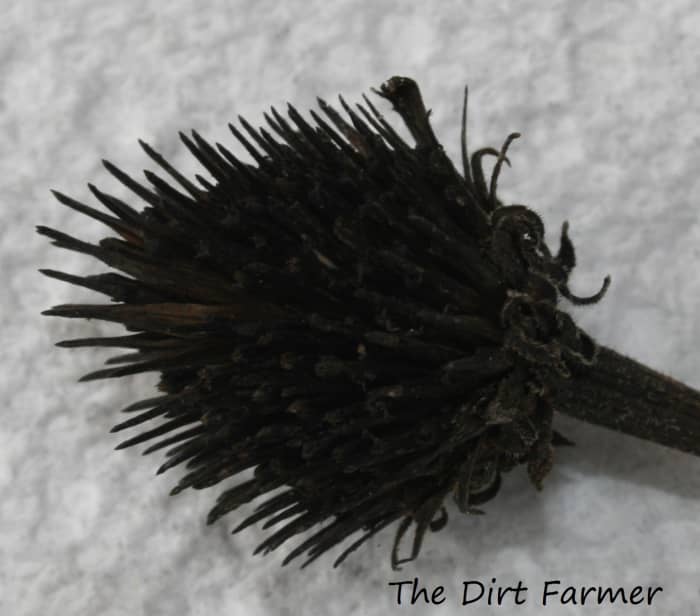
Then, place the plant in the hole, so its root ball is even with the soil surface.
/echinacea-purple-coneflowers-1402840-07_lo_res-aaae0145bd7146ac8aa3b7d222aceb61.jpg)
Dig a hole big enough for the plant if the coneflower came in a pot, the hole's width should be twice the pot's diameter. pallida (pale purple coneflower) - purple, narrow, very downward flexing ray flowersĮ. Bury coneflower plants to the top of their roots and water them. It has a daisy-like purple flower that blooms throughout the. across (10 cm), with drooping deep salmon ray petals surrounding a darker raspberry pink pom-pom center, holding a chocolate center cone. paradoxa (yellow coneflower) - yellow flowersĮ. This plant is a prairie species that is adaptable to drought, heat, humidity, and poor soils. Echinacea purpurea, the eastern purple coneflower, purple coneflower, hedgehog coneflower, or echinacea, is a North American species of flowering plant in. Echinacea purpurea Raspberry Truffle (Coneflower) is a compact perennial boasting a profusion of large, salmon-pink double flowers, 4 in. Most of these new cultivars are the result of seedling selection of purple coneflower or crossing between E. Growing From Seed Back to Top Drooping coneflowers ( Echinacea pallida ), also commonly referred to as pale purple coneflowers, are a type of perennial in the daisy family. There have been multiple new introductions of purple coneflower in many different colors. Plants can get overcrowded and benefit from division every 4 to 6 years. Plants freely and easily re-seed throughout the garden and this can be reduced if you remove flowers after they fade and before they set seed. Goldfinches and other birds like the seed found in the dried black center part of the flower and spent flowers will stand through winter. Purple coneflower does fine even in poorly fertile soils but will appreciate it if you mix some compost into your soil before planting. Deadheading will promote more repeat blooms. Plants have a big flush of bloom in first part of summer with consistent bloom (but fewer) until first frost. Outdoors Alternative: In late fall through to mid-winter fill plastic pots with a slightly moistened, sterile, soil-less growing mix.
#Grow purple coneflower full#
Great flower for full sun, well drained soils. Insects & Disease Issues: Leaf spots, Japanese beetle and aster yellows (occasionally), Culture and Uses: Placing seeds in the refrigerator for a couple of weeks before sowing should do the job.

Seeds can be started indoors 4-6 weeks before the last frost date and will require a period of cold stratification to aid germination. It has long-lasting, showy flowers that will attract. Leaves: 4-8”, dark green, coarse, serrated, short stiff hairs, alternate, simpleįlowers: June-August, purple-pink, purple, white, 3-4” diameter, brown central cone with bronze tint, slightly drooping Purple coneflower can be grown from seed, nursery stock, or by root cutting and plant divisions. This extremely adaptable perennial is favored by birds for its seed heads.

Great pollinator plant for butterlies and other insects seed heads attract goldfinches and other birds especially during winter.Easy to grow, native perennial flower for Iowa.


 0 kommentar(er)
0 kommentar(er)
